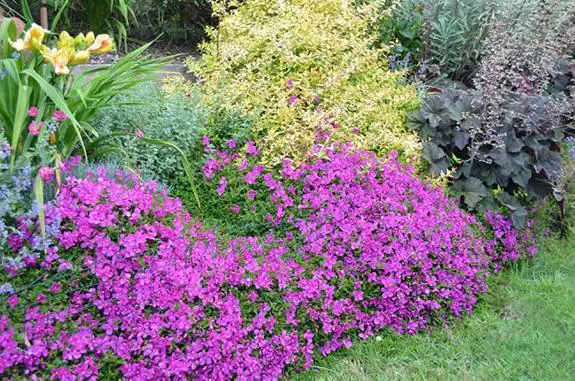Heterocentron elegans
Heterocentron elegans is a tender perennial that thrives in full or partial shade and will flower continually during its growing season
sur
Viernes, 5 de enero 2018, 10:31
This tender, tropical perennial forms dense mats of foliage and has startlingly large, pink blooms throughout the growing season
Heterocentron elegans is sometimes listed as Schizocentron elegans or Heeria elegans. Common names include Spanish Shawl, Trailing Lasiandra, Trailing Princess flower and Pink Lady. It is a member of the Melastomataceae family and a relative of Tibouchina.
Spanish Shawl is a sprawling evergreen shrub native to Mexico and Central America which forms a dense carpet of small, heart-shaped leaves with varying amounts of tiny hairs, reddish succulent stems and large floppy fuchsia pink flowers. The glossy dark-green leaves take on a reddish tinge as the season advances.
It is ideal for growing as ground cover in dark corners of the garden as it thrives in full or partial shade. The stems root where they touch the soil and the plant can spread quickly in the right conditions (plenty of moisture), forming a large mat around one metre across by 5cm high. However it is easy to pull up if necessary to keep it contained. Where the soil is drier, it will make less of a carpet and more of a mound.
It is not fully drought resistant and will need an occasional long soaking in the summer to keep it vigorous. Spanish Shawl needs protection from full sun to prevent scorching, frosts and strong winds which may break the brittle stems. In colder, inland areas Spanish Shawl can be brought indoors and will grow quite happily as a house plant.
Its trailing habit makes it suitable for hanging baskets and pots, where the slender stems can fall in a cascade over the edge.
Propagation is by seed or by cuttings taken at any time of the year. Spanish Shawl flowers profusely but will benefit from a three monthly addition of fertiliser.
